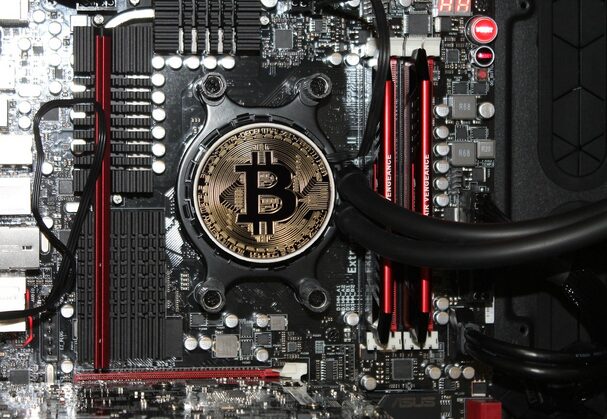In embedded system design, microcontrollers serve as the core controller and are one of the key learning topics for many engineers. However, there are a wide variety of microcontrollers on the market with different functions. Today, this article will compare several of the most common types of microcontrollers, hoping to help everyone.

1. 51 Microcontroller
Advantages:
A classic entry-level microcontroller, easy to learn and master, low cost, suitable for beginners and simple applications.
Disadvantages:
Relatively low performance, limited resources, and higher power consumption, not suitable for applications with high power consumption requirements.
Applicable Scenarios:
Can be used for basic control logic and I/O operations, suitable for educational learning and simple electronic devices.
2. MSP430
Advantages:
Ultra-low power consumption, especially suitable for battery-powered applications, high precision analog signal processing capability.
Disadvantages:
Average performance, small storage space, not suitable for high-performance applications.
Applicable Scenarios:
Mainly used for real-time clocks, timers, analog signal acquisition and processing, applicable in wearable devices and environmental monitoring systems.
3. STM32
Advantages:
High performance, low power consumption, rich peripheral interfaces, strong configurability and programmability.
Disadvantages:
Relatively high cost, development difficulty is high, requires certain embedded development experience.
Applicable Scenarios:
Can be used for high-speed data processing, complex I/O control, and communication interfaces, applicable in industrial automation and high-end consumer electronics fields.
4. TMS Microcontroller (TI’s DSP or MCU series)
Advantages:
Strong digital signal processing capability, high-speed floating-point computation ability.
Disadvantages:
Higher cost, steep learning curve.
Applicable Scenarios:
Can be used for click control, audio processing, complex digital computations, etc.
5. PIC Microcontroller
Advantages:
Simplified instruction set, high execution efficiency, various packaging forms, easy to apply.
Disadvantages:
Fewer learning resources, high power consumption.
Applicable Scenarios:
Can achieve efficient data processing and peripheral interfaces, applicable in embedded control systems and smart home fields.
6. AVR Microcontroller
Advantages:
High performance, low power consumption, rich peripheral interfaces, and advanced language support.
Disadvantages:
Higher cost, limited resources for certain models.
Applicable Scenarios:
Data processing, I/O control, communication interfaces, suitable for embedded systems and robotic control.
7. STC Microcontroller
Advantages:
High cost-performance ratio, compatible with 51 microcontroller, rich peripheral resources.
Disadvantages:
Average performance, higher power consumption, single development environment.
Applicable Scenarios:
Basic I/O control and data processing, applicable in scenarios upgrading from 51 microcontroller and low-cost electronic products.
8. Freescale Microcontroller
Advantages:
Good power consumption control and stability, multiple product lines to meet different performance needs.
Disadvantages:
Fewer learning resources for certain models, and costs vary with performance.
Applicable Scenarios:
Wide data processing, communication, and control capabilities, suitable for automotive electronics, network communication, industrial automation, etc.
This article is an original article by Wan Yi Education, please indicate the source when reprinting!